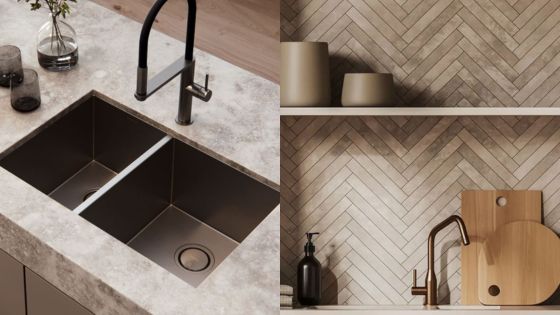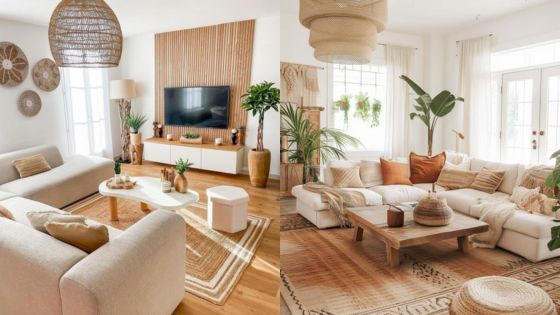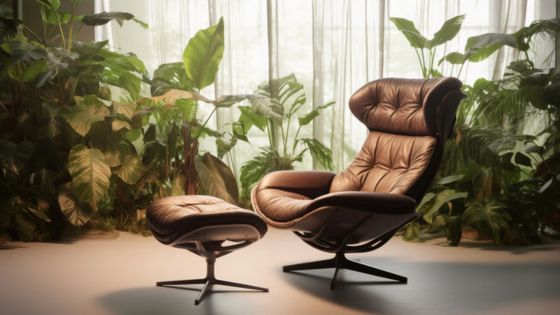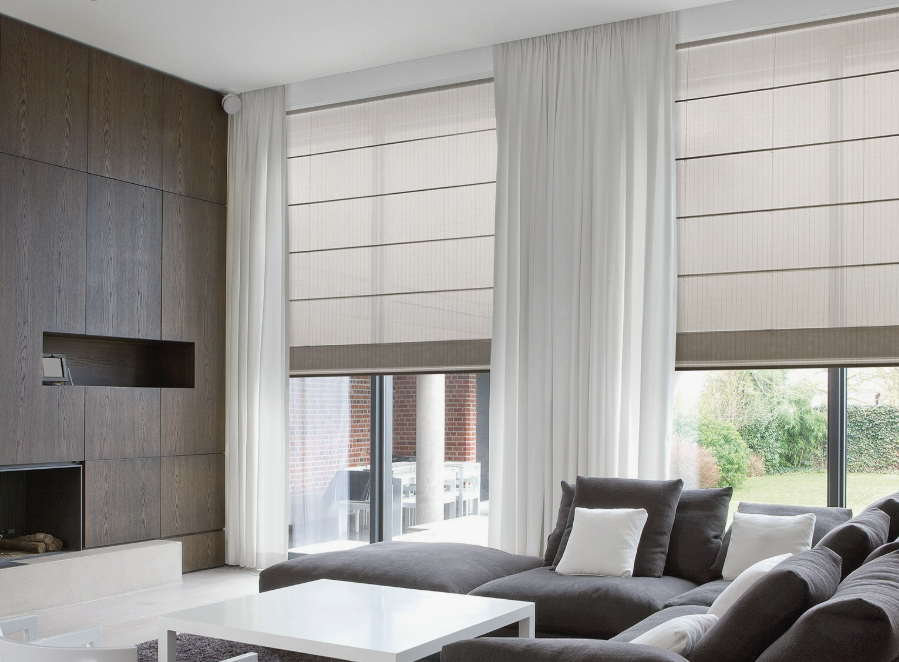
Decorating your windows with the right curtains and blinds can significantly enhance the look and feel of a room. Whether you are aiming for a modern, minimalist, or classic look, the perfect window treatment can add style, privacy, and functionality to your home decor. One important consideration in this process is standard curtain sizes, which will ensure a proper fit and a well-balanced appearance. In this article, we’ll guide you through the essential steps to choose the best curtains and blinds for your windows and offer some expert tips for a polished finish.
Understanding Standard Curtain Sizes
Before diving into the world of window treatments, it’s crucial to understand standard curtain sizes. Curtains come in a variety of lengths and widths, but there are standard measurements that work well for most windows. For example, the most common curtain lengths are 63, 84, 95, and 108 inches. The appropriate length for your curtains will depend on the type of window and the desired effect.
- Short curtains (63 inches) are ideal for smaller windows or windows located near a countertop or radiator.
- Medium-length curtains (84 inches) work well for most standard-height windows and create a clean, tailored look.
- Long curtains (95 inches and beyond) are perfect for larger windows and can create an elegant, dramatic effect by reaching just above the floor or even pooling at the base.
For curtain width, it’s recommended to choose a width that’s 1.5 to 2 times the width of the window for a fuller, more luxurious appearance.
Choosing the Best Curtains for Your Space
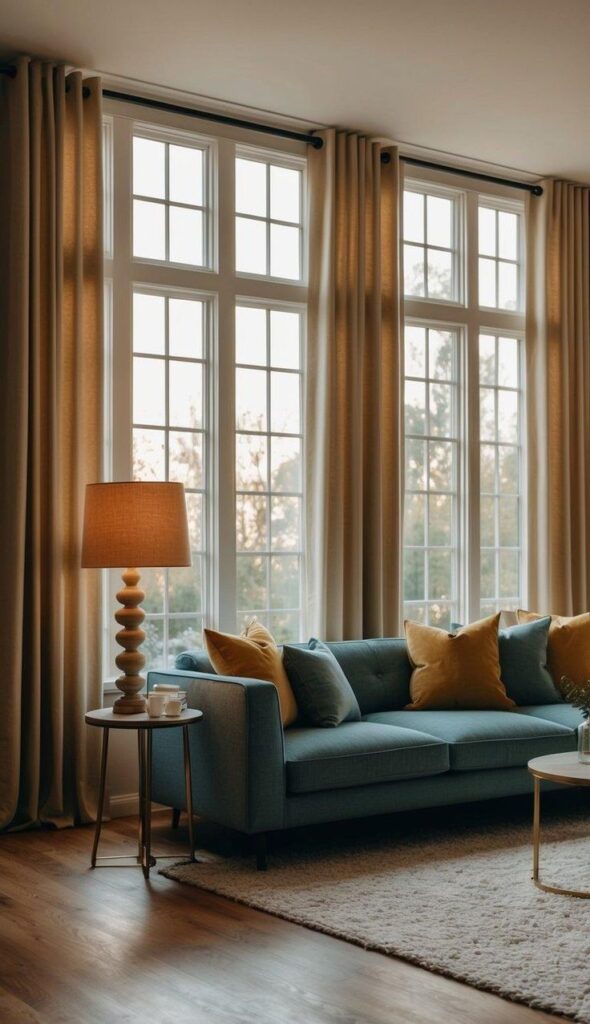
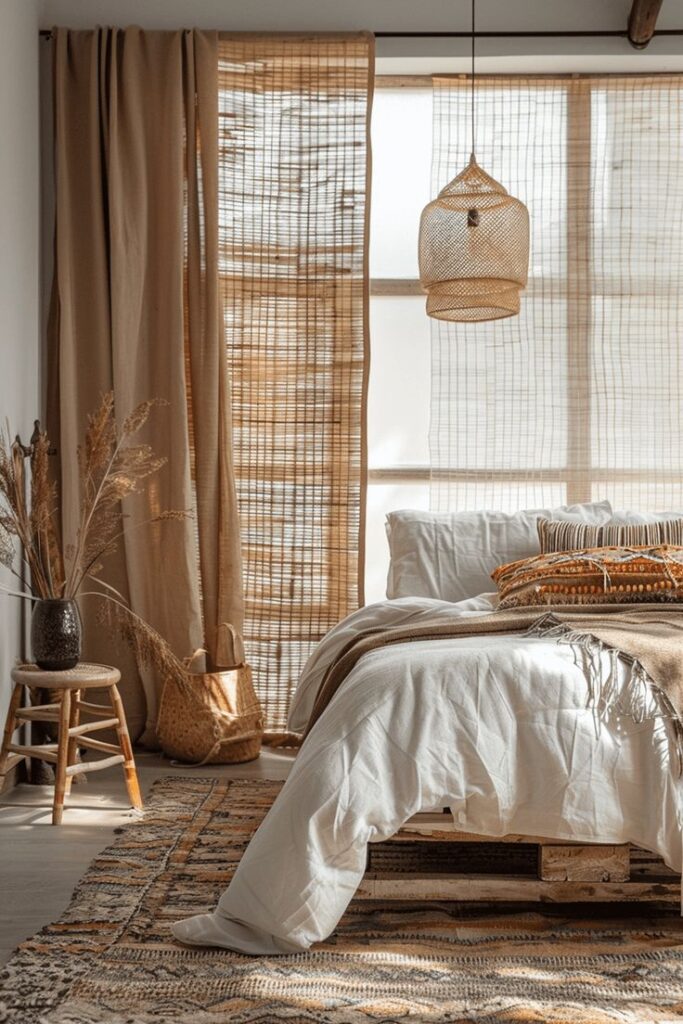
When selecting curtains, you’ll need to consider both aesthetic appeal and functionality. Here are some tips to help you make the best choice:
1. Fabric Matters
The fabric you choose will greatly affect both the appearance and performance of your curtains. Some popular fabrics for curtains include:
- Cotton: Lightweight and easy to care for, cotton curtains work well in casual or contemporary settings. They provide a relaxed look and allow some light to filter through.
- Linen: Linen offers a fresh and airy feel, perfect for light, breezy spaces such as kitchens and sunrooms. It wrinkles easily, so keep that in mind.
- Velvet: For a more luxurious look, velvet curtains add depth and drama to a room. They also help insulate the room and block out light effectively.
- Silk: Silk curtains are elegant and sophisticated but require more maintenance. They’re ideal for formal spaces like dining rooms or living rooms.
2. Consider the Room’s Purpose
The purpose of the room plays a significant role in your curtain selection. For instance:
- Living Room: Opt for curtains that are both stylish and functional. Choose materials that can block out light for privacy while still allowing for easy light control, like blackout or lined curtains.
- Bedroom: If you need to block out light for sleep, blackout curtains are an excellent choice. These can provide a cozy, dark environment that promotes better rest.
- Kitchen or Bathroom: These rooms typically benefit from lighter fabrics such as cotton or linen, which let in natural light while offering some privacy.
3. Color and Pattern
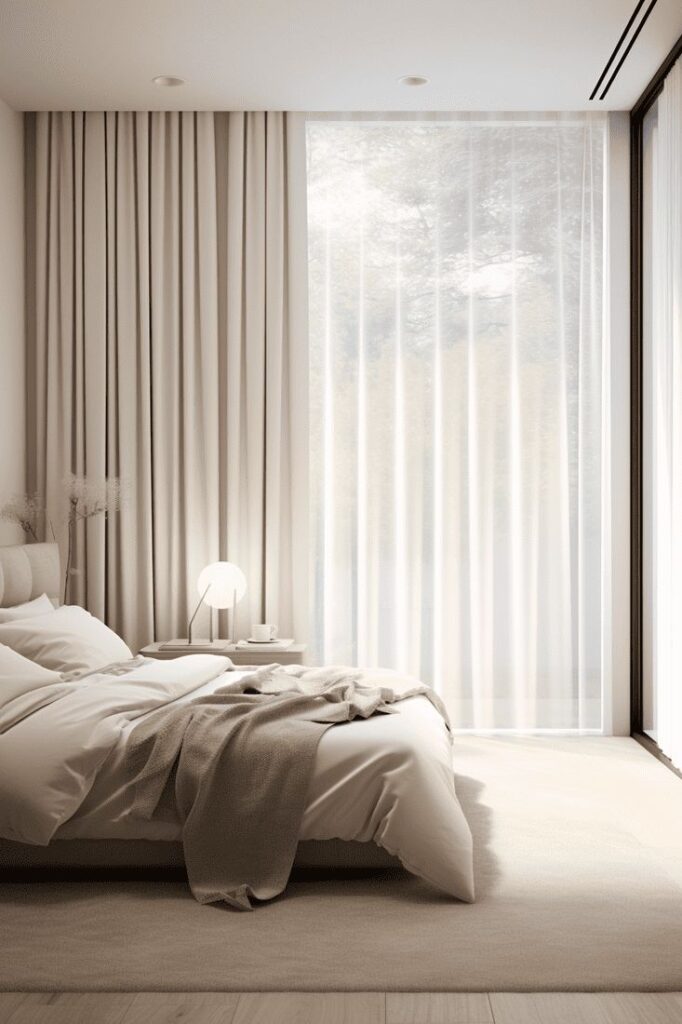
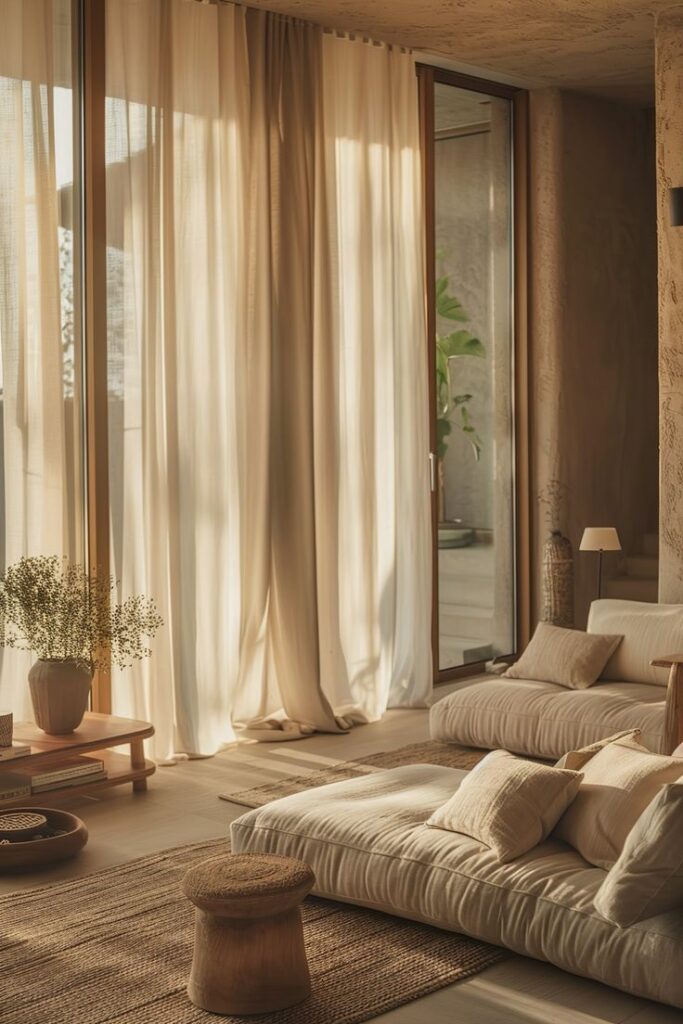
The color and pattern of your curtains should complement the room’s existing color scheme and furniture. Neutral tones such as whites, grays, and beiges work well in any setting, while bold colors or patterns can make a statement and add personality to a space. If your furniture and walls are neutral, you may want to choose a curtain color or pattern that adds some contrast and interest.
Selecting the Best Blinds for Your Windows
Blinds from www.blindster.com offer a more structured, clean-lined alternative to curtains and can suit a variety of tastes.
Here’s what to keep in mind when choosing blinds:
1. Types of Blinds
There are various types of blinds, each with unique benefits:
- Venetian Blinds: Made of horizontal slats, Venetian blinds are perfect for controlling light and privacy. They come in materials such as wood, aluminum, and faux wood, allowing you to choose the best option for your style and needs.
- Vertical Blinds: Ideal for large windows or sliding doors, vertical blinds can help regulate light while offering a sleek, modern appearance.
- Roller Blinds: Known for their minimalist design, roller blinds are easy to operate and come in various fabric choices. They’re perfect for a clean, modern look.
- Roman Blinds: These blinds fold neatly when raised, offering a more elegant alternative to traditional horizontal or vertical options. Roman blinds can be made from various fabrics, giving you plenty of choices for color and texture.
2. Light Control and Privacy
Blinds are excellent at giving you control over light and privacy. Venetian and vertical blinds allow you to adjust the angle of the slats to let in just the right amount of light. If you need more privacy, opt for blinds with a tighter slat arrangement. For complete darkness, consider blackout blinds, especially for bedrooms.
3. Material and Style
Blinds come in a variety of materials, including wood, faux wood, metal, and fabric. Wood blinds offer a warm, natural look, while faux wood is more durable and moisture-resistant, making it perfect for kitchens or bathrooms. Metal blinds have a sleek, modern appearance, and fabric blinds add a soft touch to a room.
Combining Curtains and Blinds
In some rooms, a combination of curtains and roller blinds can offer the best of both worlds. Curtains can provide a soft, luxurious look, while blinds offer precise light control and privacy. Consider layering your curtains and blinds to create a dynamic and functional window treatment. For example, pair sheer curtains with Venetian blinds for privacy during the day while still allowing light to filter through.
Conclusion
When it comes to decorating windows with curtains and blinds, it’s essential to consider your room’s style, functionality, and the standard curtain sizes that best fit your space. Choose the right fabrics, colors, and materials to enhance the atmosphere of each room while ensuring optimal light control and privacy. By following these tips, you can create a stylish, comfortable, and functional window treatment that elevates the overall look of your home.
- 0shares
- Facebook0
- Pinterest0
- Twitter0

